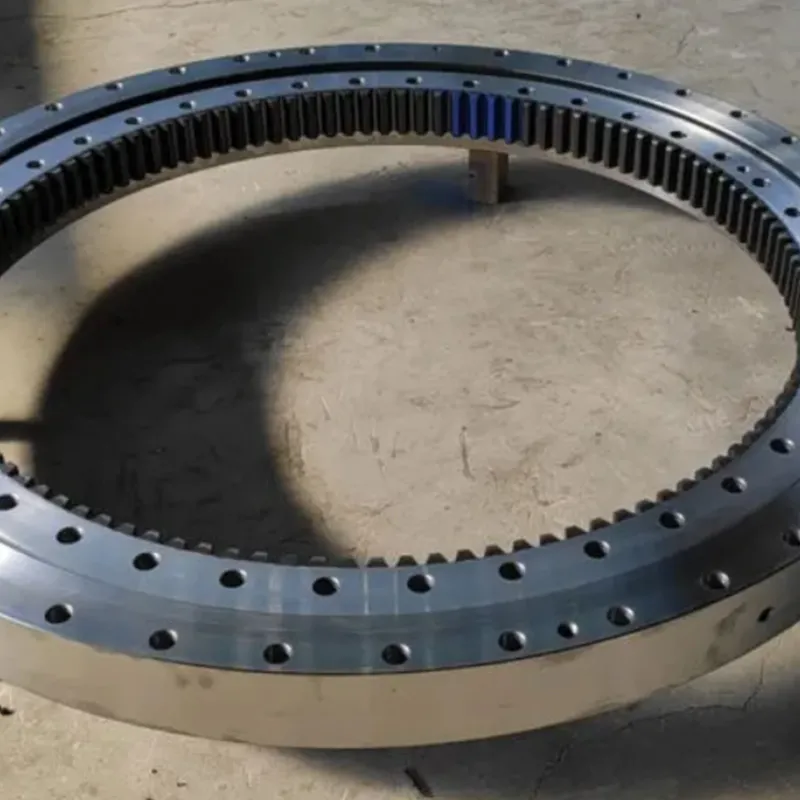-
Cangzhou Yulong Steel Co., Ltd.
-
Phone:
+86 13303177267 -
Email:
admin@ylsteelfittings.com

Oct . 02, 2024 15:29 Back to list
Techniques and Best Practices for Round Pipe Welding in Industrial Applications
The Importance of Round Pipe Welding in Industrial Applications
Welding is an essential process in various industries, particularly in the construction and manufacturing sectors. Among the various types of welding techniques, round pipe welding is of critical significance due to its applications in the assembly of pipelines, structural frameworks, and various equipment. This article delves into the importance, techniques, challenges, and advancements in round pipe welding.
Applications of Round Pipe Welding
Round pipe welding is predominantly used in industries such as oil and gas, water supply, construction, and manufacturing. Pipelines are crucial for transporting fluids and gases over long distances, making their integrity and strength paramount. The round shape of the pipe provides uniform strength, making it ideal for withstanding internal pressures and external loading.
In the construction industry, round pipes are often utilized in structural applications as columns or supports in buildings and bridges. The welding of these pipes ensures that they are secure, durable, and capable of bearing heavy loads. Additionally, round pipe welding is essential in manufacturing processes, particularly in producing machinery and equipment that require a robust and stable framework.
Techniques of Round Pipe Welding
There are several methods of welding round pipes, including MIG (Metal Inert Gas) welding, TIG (Tungsten Inert Gas) welding, and stick welding. Each method has its own advantages and is selected based on the specific requirements of the project.
1. MIG Welding This technique is widely used for round pipe welding because it is efficient and can be automated for faster production. MIG welding uses a continuous wire feed as an electrode, which melts to form a weld. It is ideal for welding thin to medium-thickness pipes and provides clean, strong welds with minimal spatter.
2. TIG Welding Known for its precision, TIG welding is often used for stainless steel and other non-ferrous metals. It employs a non-consumable tungsten electrode, and the welder has better control over the heat and filler material, resulting in high-quality, aesthetically pleasing welds. However, this method is typically slower and may require more skill compared to MIG welding.
round pipe welding

3. Stick Welding Also known as shielded metal arc welding (SMAW), this technique uses a flux-coated electrode to create the weld. Stick welding is versatile and can be used outdoors or in windy conditions where other welding methods might fail. However, it may not be the first choice for thin-walled pipes due to the risk of burn-through.
Challenges in Round Pipe Welding
Welding round pipes presents several challenges. One of these is maintaining the correct alignment and fit-up of the pipes before welding. Misalignment can lead to weak welds and compromise the integrity of the entire structure. Additionally, round pipes can be difficult to access, especially in tight spaces, requiring welders to employ specialized tools and techniques.
Heat distortion is another challenge that can arise during the welding process. As the metal heats up, it can warp or shrink as it cools, altering the shape of the pipe and creating stresses that may lead to failure. To mitigate these issues, welders often employ pre-heating or post-weld heat treatment techniques.
Advancements in Round Pipe Welding
The welding industry is continuously evolving with technological advancements aimed at improving the efficiency and quality of welds. The introduction of robotic welding systems has revolutionized round pipe welding, allowing for consistent, precise welds, and reducing the chances of human error.
Moreover, advancements in welding materials, such as high-strength fillers and improved shielding gases, have enhanced the durability and corrosion resistance of welds. These innovations ensure that round pipe welds can withstand harsh environments and extend the lifespan of pipelines and structures.
Conclusion
Round pipe welding is a critical component in various industrial applications, ensuring the integrity and strength of pipelines, structures, and machinery. Despite the challenges that come with welding round pipes, advancements in technology and techniques have significantly improved the reliability and quality of welds. As industries continue to evolve, so too will the methods and materials used in round pipe welding, paving the way for safer and more efficient construction and manufacturing processes.
Latest news
-
ANSI 150P SS304 SO FLANGE
NewsFeb.14,2025
-
ASTM A333GR6 STEEL PIPE
NewsJan.20,2025
-
ANSI B16.5 WELDING NECK FLANGE
NewsJan.15,2026
-
ANSI B16.5 SLIP-ON FLANGE
NewsApr.19,2024
-
DIN86044 PLATE FLANGE
NewsApr.19,2024
-
DIN2527 BLIND FLANGE
NewsApr.12,2024
-
JIS B2311 Butt-Welding Fittings LR/SR 45°/90° /180°Seamless/Weld
NewsApr.23,2024
-
DIN2605-2617 Butt-Welding Fittings LR/SR 45°/90°/180° Seamless/Weld
NewsApr.23,2024











